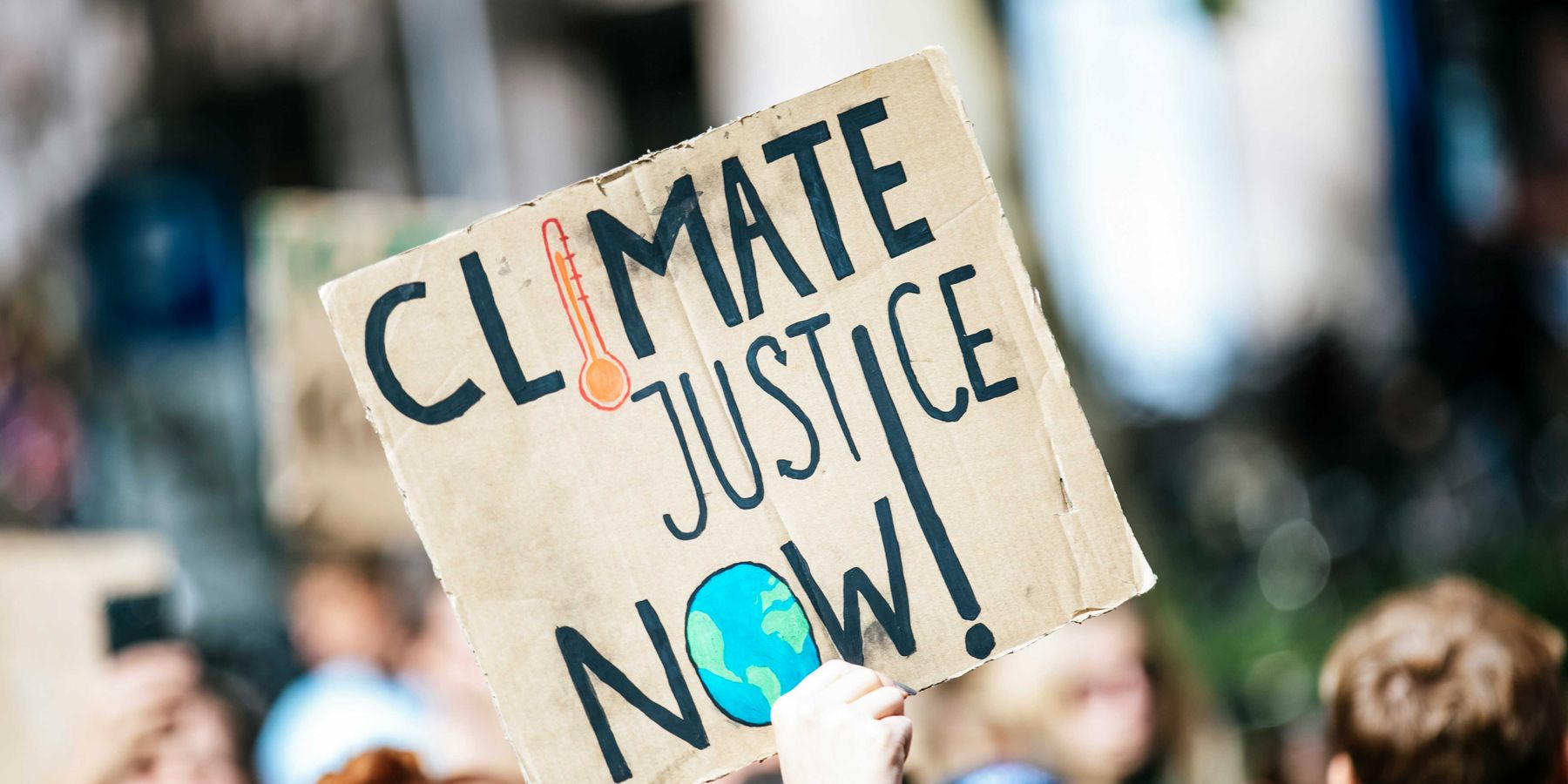Analysis: Australia’s voters give Labor a mandate to speed up the renewable energy transition
Australia’s landslide election result signals public support for faster renewable energy growth and leaves the Labor government poised to make bigger climate policy moves.
Adam Morton writes for The Guardian.
In short:
- Labor’s plan to derive 82% of electricity from renewable sources by 2030 was upheld despite attacks from conservative groups and fossil fuel interests.
- The Greens will hold the Senate balance of power, while climate-focused independents gained voter support, showing broad backing for stronger environmental action.
- Labor has started work on decarbonizing six economic sectors and is expected to set a 2035 emissions reduction target between 65% and 75% below 2005 levels.
Why this matters:
As one of the world’s largest fossil fuel exporters, Australia has long faced criticism for policies that lag behind its international peers. This election outcome suggests public readiness for an energy transition that could reshape not just domestic power generation but also industries tied to mining, transport and agriculture. Accelerating the move to renewables would lower greenhouse gas emissions, reduce reliance on volatile fossil fuel markets and protect public health by cutting air pollution. Yet, even with voter momentum, major challenges remain. Balancing economic growth, job transitions in fossil fuel regions and biodiversity protections during the energy buildout will test policymakers. The next few years could set a blueprint for how developed economies like Australia navigate the complex, high-stakes shift to clean energy.
Related: Australia expands large-scale battery projects as energy sector pivots toward renewables













